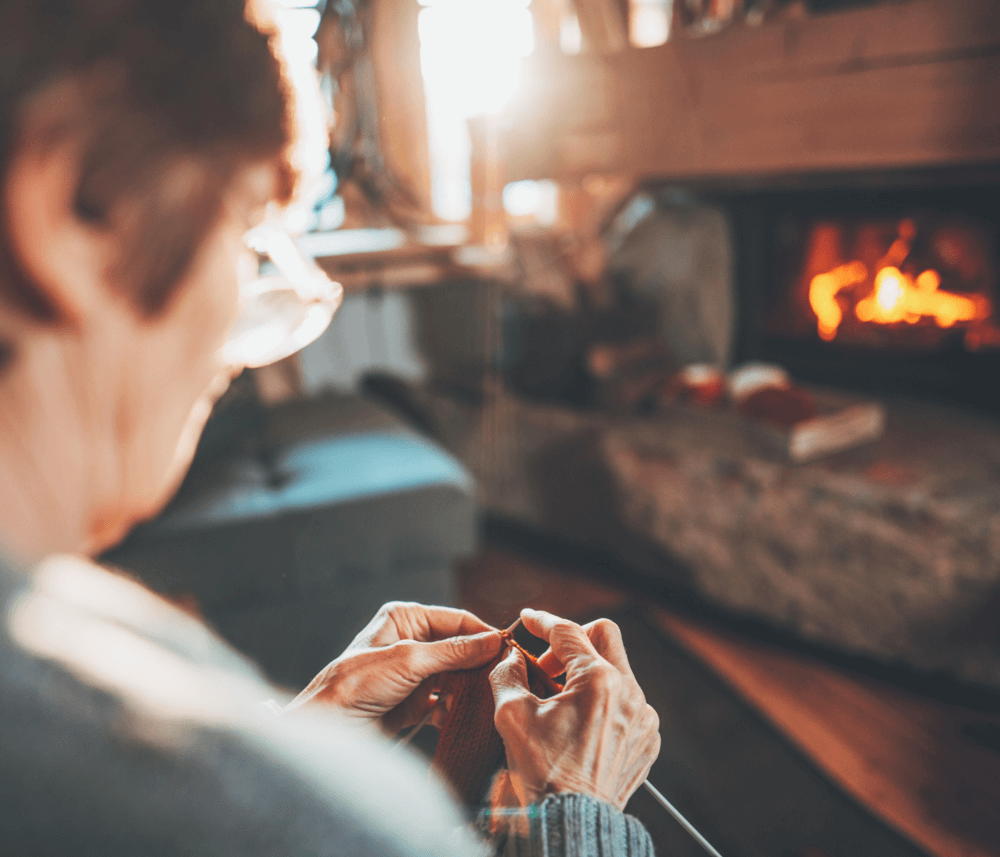Keeping Warm and Safe: Your Guide to Winterising Your Home

With the winter approaching, it’s crucial to prepare your home for the colder months ahead. Winterising your home not only helps keep the chill at bay but can also prevent costly damages and ensure your family’s comfort and safety. Here’s how you can get started on making your home winter-ready.
Insulation Check-Up: Keeping the Heat In
One of the most effective ways to retain warmth in your home is to make sure your insulation is up to scratch. Check your loft or attic for any signs of dampness or gaps where heat can escape. Consider adding extra layers of insulation material if necessary. Insulated walls and double-glazed windows can significantly reduce heat loss, so think about these investments for long-term benefits.
Boiler Service: Avoiding the Cold Snap
There’s nothing worse than a boiler breakdown in the depths of winter. Get ahead of the winter rush by booking a boiler service now. A certified engineer can ensure your heating system is efficient and safe, helping to prevent mid-winter emergencies and potentially lowering your heating bills, too.
Draft-Proofing: Simple Fixes for a Snug Home
Drafts around windows and doors can make a house feel much colder than it is. Use draft excluders, seal strips, or even a simple door curtain to keep the cold air out. These are inexpensive fixes that can make a noticeable difference to your home to have warmth and comfort.

Pipes and Plumbing: Preventing Freezing Disasters
Burst pipes are a common and costly winter problem. Insulate your pipes, especially those outside or in unheated spaces like garages, to prevent them from freezing. Know where your main water valve is in case you need to turn it off quickly in an emergency.
Emergency Kits: Being Prepared for Power Cuts
Winter storms can lead to unexpected power cuts, so it’s sensible to have an emergency kit ready. Stock it with essentials such as a torch, batteries, a portable power bank, warm blankets, and some non-perishable food items. Keeping a battery-powered radio handy can also keep you informed if your internet service is interrupted.
Radiators and Heating Efficiency: Maximising Warmth
Make sure your radiators are ready to work efficiently. Bleed them to release any trapped air, ensuring that they heat up properly. Consider rearranging your furniture if anything is blocking the radiators, as this can absorb the heat that should be circulating in the room. Reflective panels behind radiators on external walls can also help to bounce back heat into the room.
Lighting and Electrical Safety: Brightening the Short Days
Shorter days and longer nights mean your lights will be on more often, which increases the risk of electrical issues. Check that your home’s lighting is in good working order and replace any flickering bulbs. If you’re using electric heaters, never plug them into an extension cord as this can be a fire hazard. Instead, plug them directly into a wall socket.

Lighting and Electrical Safety: Brightening the Short Days
Shorter days and longer nights mean your lights will be on more often, which increases the risk of electrical issues. Check that your home’s lighting is in good working order and replace any flickering bulbs. If you’re using electric heaters, never plug them into an extension cord as this can be a fire hazard. Instead, plug them directly into a wall socket.
Staying Informed: Weather Updates and Community Resources
Keep an eye on weather forecasts and heed any warnings issued. Your local council’s website can be a valuable resource for winter services, such as gritting routes and heating assistance programs. Being informed can help you to plan ahead and stay safe during severe weather.
The effort you put into winterising your home will pay dividends in comfort and peace of mind. In the next section, we’ll cover additional steps including checking your smoke and carbon monoxide detectors, preparing your garden for the cold, and ways to maintain a warm and healthy indoor environment throughout the winter months. Stay warm, stay safe, and remember that a well-prepared home is your best defence against the cold.